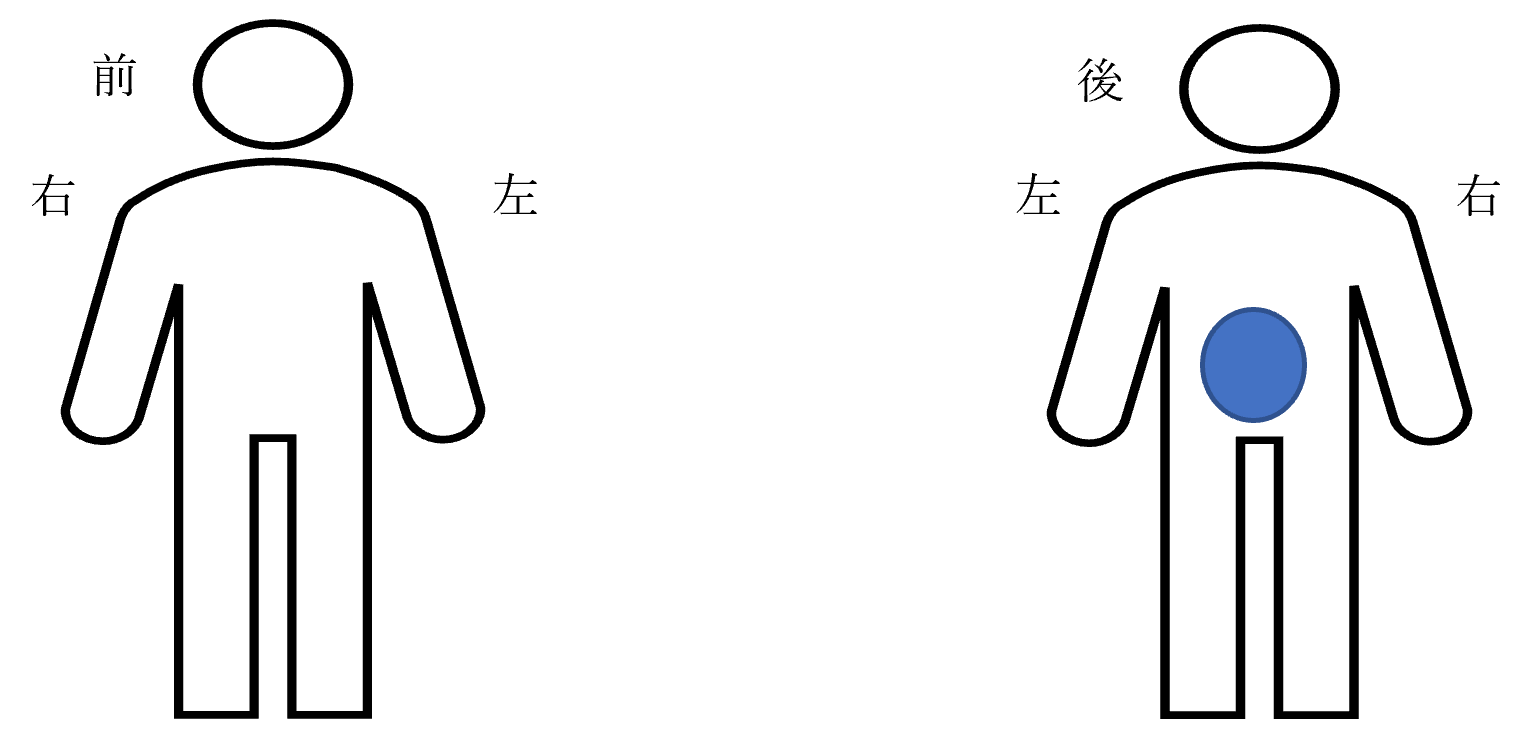Column Treatment Case Report No. 168| ILC International Lumbago Clinic (Osaka Clinic)
2025 August 19
The patient
A female patient in her 70s.
The patient’s medical history to date
This patient had a long history of being subject to acute low back pain.
About 10 years ago, she suffered a compression fracture, and the pain has persisted ever since.
About 2-3 years ago, she received intramuscular injections at an osteopathic clinic, which provided temporary relief.
About a year ago, the pain recurred. She believes it is in the same location as before.
About a month ago, she had sensations like her body was leaning to the left, so she visited a nearby neurosurgery department, but no abnormalities were found at the time of the medical examination.
She has already fallen several times, and as a result has come torecentlyrecently feels anxious about walking, fearing another fall.
The patient visited our clinic seeking to improve his symptoms.
Symptoms before treatment
Turning over in bed: no problem
Standing up: extremely difficult
Washing one’s face: no problem
Maintaining a bent-over or standing position: somewhat difficult
Prolonged sitting: unknown
Lifting/carrying heavy objects: unknown
・Pain levels before treatment
| Lower back | Lower limbs | Numbness | Buttocks | |
|---|---|---|---|---|
| Pain level | 9 | 0 | 1 | 0 |
No pain at all is rated as 0, and the maximum possible pain is rated as 10.
Main areas of pain and numbness: lumbar Region

Bending forward: usual range
Bending backward: usual range
Lasegue test: negative
Lumbar Tenderness: Mildly increased bilaterally at L3/4 and L4/5
Cough/Sneezing: Minimal impact felt
Additional explanations on our clinic’s medical examination
Imaging and findings

- Th12: old compression fracture
- L2/3 – Disc degeneration, bulging
- L3/4, L4/5 – Disc degeneration, disc herniation, spinal canal stenosis
The above findings were also observed on the imaging.
Compression of the spinal canal due to disc findings at L2/3, L3/4, and L4/5 is highly likely to be the cause of symptoms.
Treatment
After consultation with the patient, the Cellgel method was performed at L2/3, L3/4, and L4/5.
Treatment was performed by Dr. Ohara.

The treatment took about 35 minutes.
After resting in the recovery room, the patient was able to walk home by herself.
Our clinic’s treatment method
Additional information about the Cellgel method we have introduced in this column.
Cost of the Cellgel method: 1,320,000 yen per area (including tax) to 1,760,000 yen per 5 areas (including tax)
Risks and side effects of the Cellgel method: Transient pain may occur after treatment. Nerve damage is not a zero possibility due to the very nature of the treatment, but there have been no reports of damage so far in either report cases or publications. There is a very small possibility of allergic reactions to local anesthetics. Symptoms may temporarily worsen during the first week or two after treatment. This is believed to be due to the decompression effect of the implant, which retracts the surrounding tissues. In addition, if the disc is almost completely collapsed, treatment may be difficult. The doctor hold a consultation with you during your visit to the clinic to determine the best treatment option for your condition.
For more detailed information, please refer to the following links:
Blog page explaining the Cellgel Method in an easy-to-understand manner
The Cellgel Method on our treatment methods page
This article was written by the Administrative Director of our clinic



